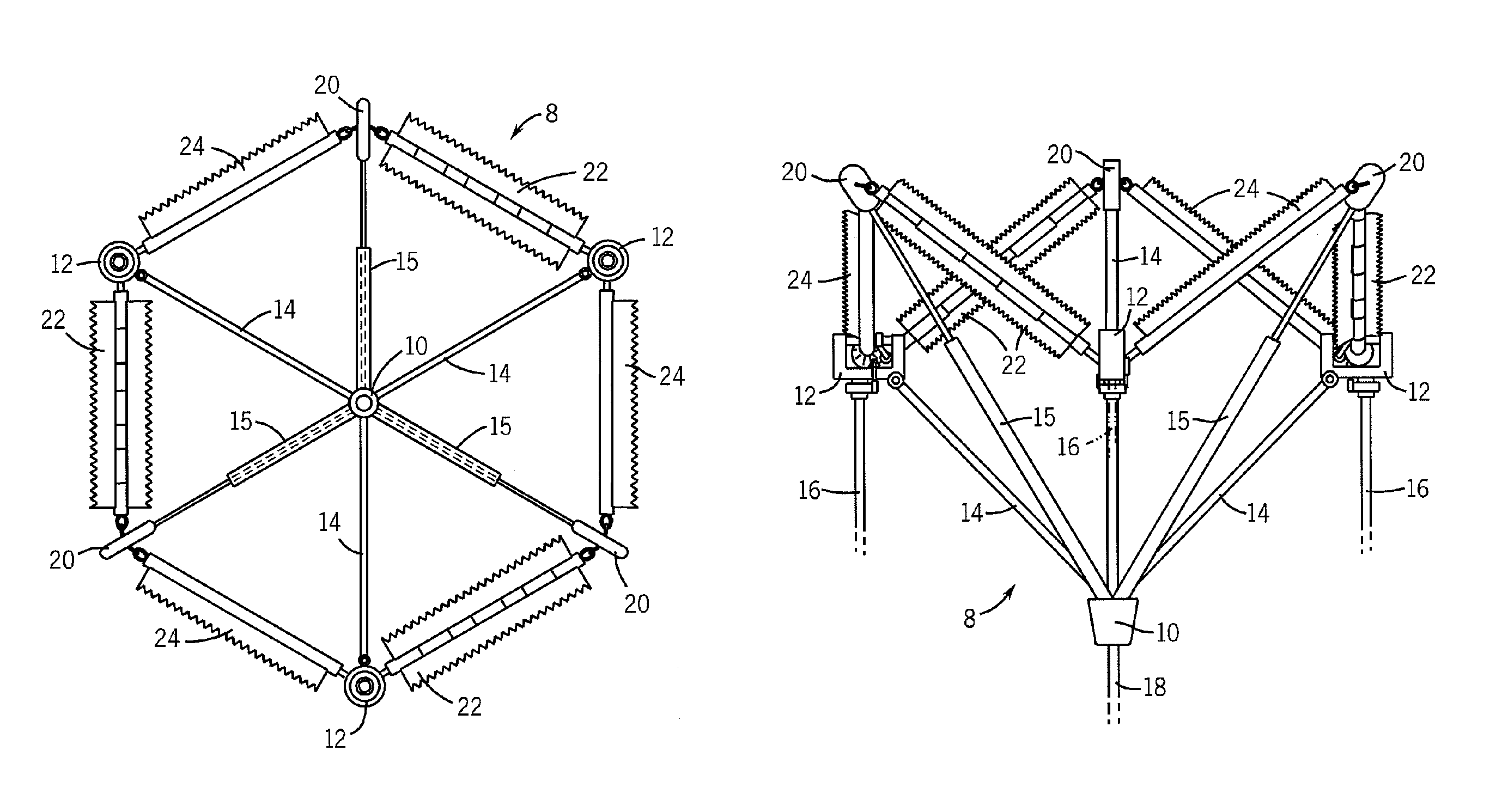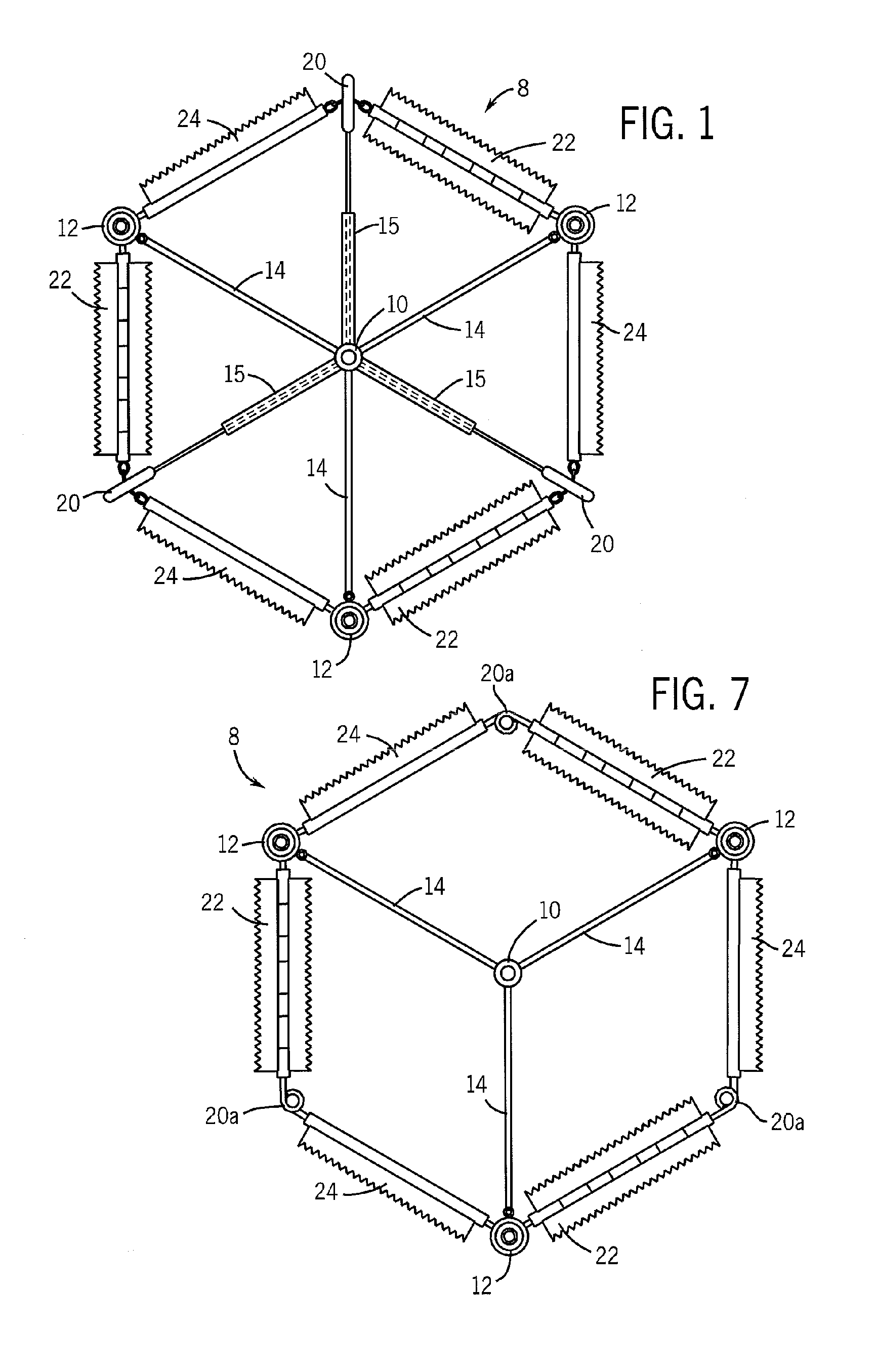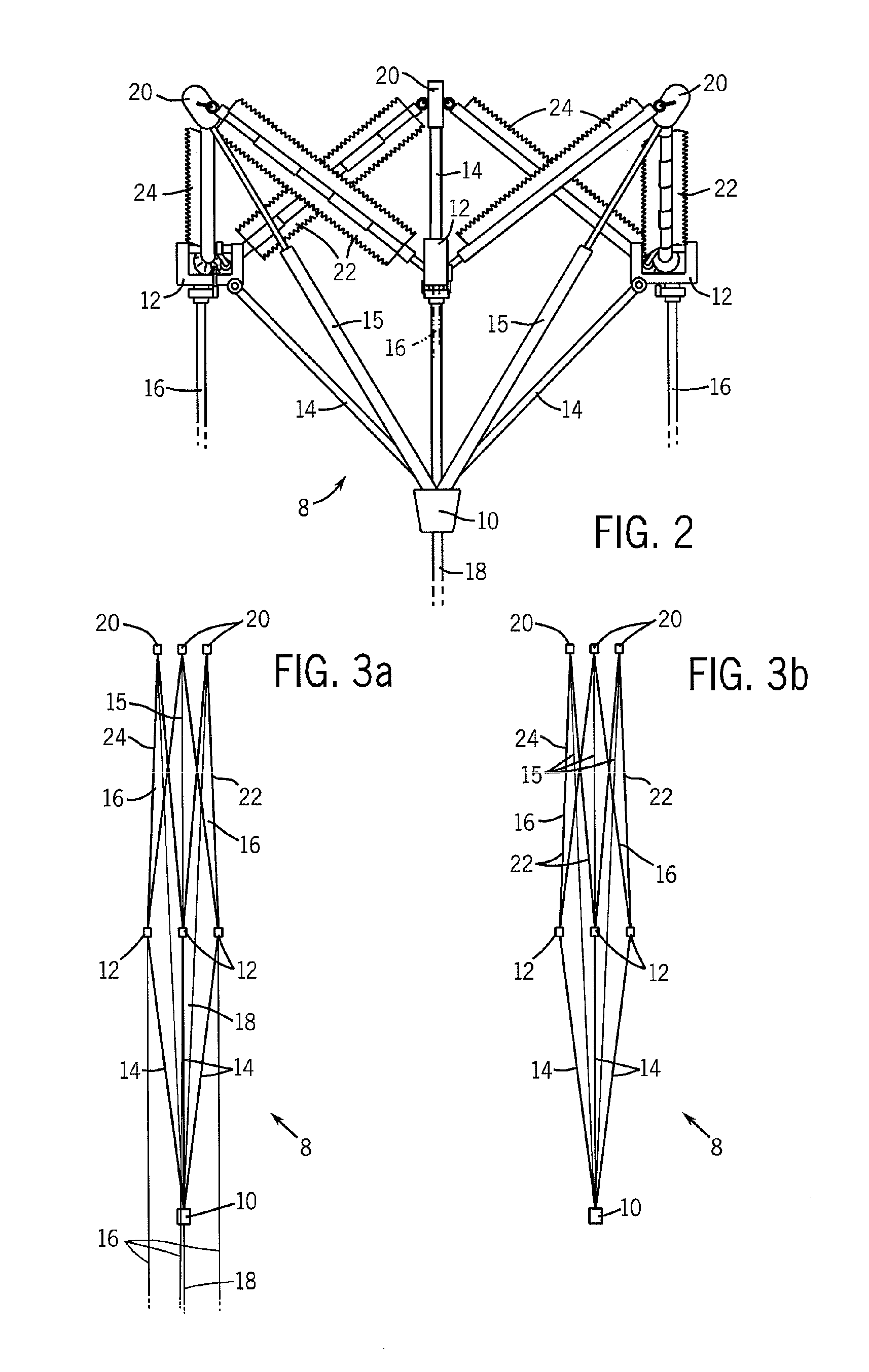Problems that can develop with heart valves consist of
stenosis, in which a valve does not open properly, and / or insufficiency, also called regurgitation, in which a valve does not close properly.
In addition to
stenosis and insufficiency of heart valves, heart valves may need to be surgically repaired or replaced due to certain types of bacterial or fungal infections in which the valve may continue to function normally, but nevertheless harbors an overgrowth of
bacteria (
vegetation) on the leaflets of the valve that may embolize and lodge downstream in a vital
artery.
If such vegetations are on the valves of the left side (i.e., the
systemic circulation side) of the heart,
embolization may occur, resulting in sudden loss of the
blood supply to the affected body organ and immediate malfunction of that organ.
These problems are sometimes treated by
surgical repair of valves, unless, as is often the case, the valves are too diseased to repair and must be replaced.
Mechanical valves are typically constructed from nonbiological materials such as plastics, metals and other
artificial materials which, while durable, are expensive and prone to cause
blood clotting which increases the risk of an
embolism.
Anticoagulants taken to reduce the risk of
blood clotting can further complicate the patient's health by increasing the risk of hemorrhage.
The major
disadvantage of tissue valves is that they lack the long-term durability of mechanical valves.
Tissue valves have a significant
failure rate, usually within ten years following implantation.
One cause of these failures is believed to be the
chemical treatment of the animal tissue that prevents it from being antigenic to the patient.
Additionally, the leaflets of most such tissue valves are constructed by
cutting or suturing the
tissue material, resulting in leaflets that do not duplicate the
form and function of a real valve.
Although replacement valves and
surgical procedures have been developed to alleviate these conditions, they have significant drawbacks.
These invasive techniques are stressful on the patient, and increase the opportunity for infection and slow
recovery.
Removing the
native valve increases the risk that a portion of the valve will migrate through the body and block vessels downstream from the heart.
Further, the Andersen device requires a separate inflating
balloon for its deployment.
By its very nature, however, a U-shaped stenting element may not be easily compressible inside
catheter tubing.
However, the size of the Pavcnik device makes
percutaneous implantation difficult.
In absence of anchoring devices however, accurate placement and holding in a given position is difficult.
With these valve prostheses therefore it is impossible for a patient resume a substantially normal life.
However, this
valve prosthesis is not designed for implantation in the body by catheterization.
The device presents significant hemodynamic, delivery, fatigue and stability disadvantages.
Specifically, the device and method put forth will require a 20+ French size
catheter (approximately 9 French sizes to accommodate the
balloon and 14+ French sizes to accommodate the compressed device) making the device clinically ineffective as a minimally invasive technique.
Additionally, the device does not adequately address hemodynamic, stability and anchoring concerns.
The disadvantages of the device are that the flow regulators reduce the effective valve orifice and generate sub-optimal hemodynamic characteristics; fatigue concerns arise from the separate nature of the
stent and flow-regulation components; the high
metal and exposed
metal content increase thrombogenesis, valvular stenosis and chronic anticoagulation concerns; and the separate delivery requirements (although addressing the need for small delivery profile) in addition to any initial valvuloplasty performed increases the time, costs, risks, difficulty and trauma associated with the
percutaneous procedure.
The devices disclosed indicate a long and complex procedure requiring large
diameter catheters.
The valve device disclosed will require a large delivery
catheter and does not address the key mechanisms required of a functioning valve.
The disadvantages of this design include a lack of a sufficient anchoring mechanism; problematic interference concerns with adjacent tissues and
anatomical structures; fatigue concerns associated with the multiplicity of segments, connections and sutures; lack of an adequately controlled and biased flow-regulation mechanism; an uncertain effective valve orifice; difficult manufacture;
balloon dilation requirement; complex, difficult and inaccurate delivery and large delivery profile.
The disadvantages of the device are a lack of a well defined and biased flow regulation mechanism; a requirement of anatomic valve removal thereby lengthening the
procedure time, increasing difficulty and reducing clinical practicality; trauma induced by the barbs as described above; and the
instability of the device and the likelihood of migration if the barbs are omitted.
The disadvantages of this design include problematic interactions between the
stent and flaps in the delivery state, lack of clinical data on coiled
stent performance, the lack of a detailed mechanism to ensure that the flaps will create a competent one-
directional valve, lack of appropriate anchoring means, and the fact that the design requirements imposed by surrounding
anatomical structures are ignored.
The disadvantages of the device include the small effective valve orifice of the flow regulation mechanism, the
turbidity caused by the multiple slit mechanisms, the large delivery profile required by the disclosed embodiments, and the lack of acute anchoring means.
Disadvantages of this device include those profile concerns associated with biological valves and unsupported graft-leaflet regulators, a large
diameter complex
delivery system and method which requires multiple anchoring balloons and the use of a
light activated tissue
adhesive in addition to any prior valvuloplasty performed, interference with surrounding
anatomy and the questionable clinical utility and feasibility of the
light activated adhesive.
Some of the main disadvantages of these devices include a need for permanent treatment by use of anticoagulants, noisy operation, and the need for a large-scale operation to
implant.
 Login to View More
Login to View More  Login to View More
Login to View More 


